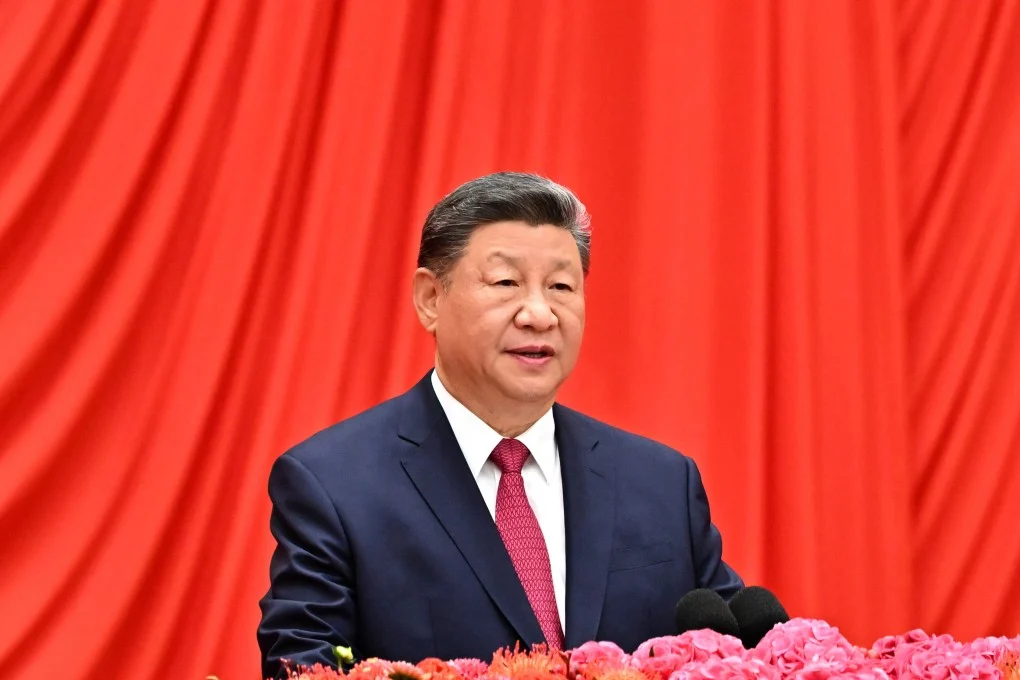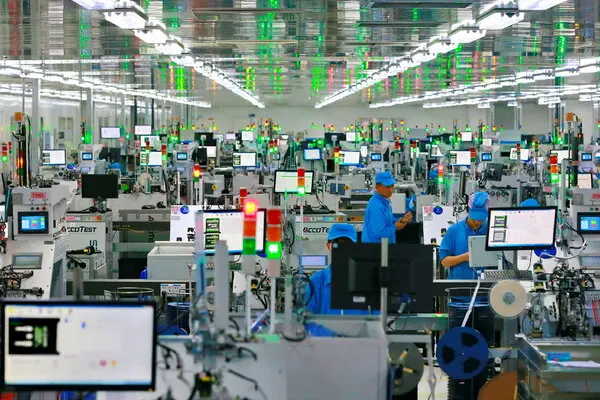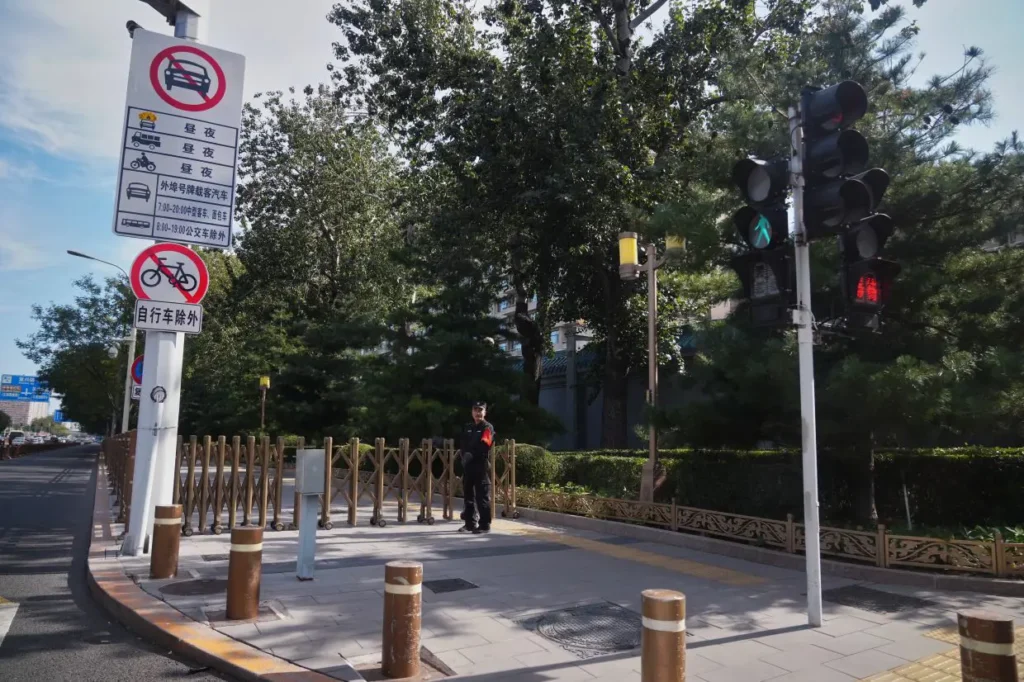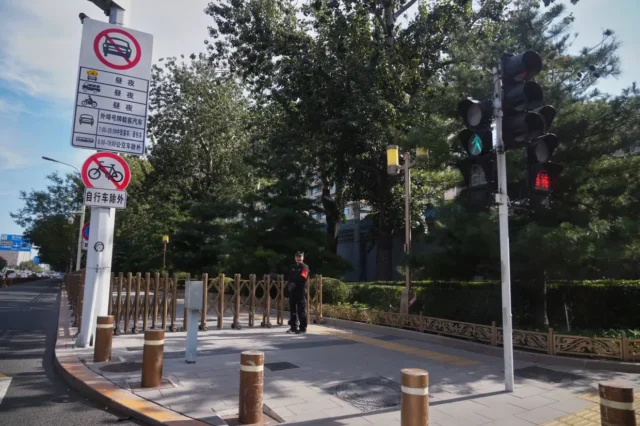In a move that signals its strategic ambitions for the next era, China has pledged to build a “modern industrial system” and enhance its technological self-reliance during the 2026-2030 period. According to Reuters, the announcement comes amid rising global tension, particularly with the United States, and the Chinese leadership is shifting gears to focus more sharply on industrial strength and domestic innovation.
At a closed-door meeting of the Communist Party of China’s Central Committee, delegates outlined what amounts to a re-emphasis on supply-side priorities and manufacturing prowess rather than solely relying on demand growth. The meeting, held over four days, resulted in a communique that stressed the need for “advanced manufacturing as the backbone” and stressed accelerating “high-level scientific and technological self-reliance.”
What does this mean in practice? It signals China’s intention to double down on sectors where it already excels — such as solar panels, wind turbines, electric vehicles — while accelerating efforts in emerging areas like robotics, biotech and artificial intelligence.

Table of Contents
The Strategy Behind the Pledge
China’s economic model in recent years has leaned heavily on exports and investment-led growth. That model now faces stress from weaker domestic consumption and increasing friction with the United States over trade and technology. According to the communique, China will invest in people, bolster social welfare and improve the domestic market — but the immediate emphasis remains on supply-side reform and self-sufficiency.
The timing is significant. China’s economy slowed to its weakest pace in a year in the third quarter, and investment posted its first decline outside of the pandemic era. In other words, policymakers feel pressure to chart a path that reduces the country’s vulnerability to external shocks, especially given Washington’s growing efforts to restrict China’s access to advanced semiconductors and other critical technologies.
This pivot to building a modern industrial backbone aligns with Beijing’s broader goal of controlling more of its supply chain — to both protect against external disruptions and to capture more of the value added in manufacturing and innovation. The communique also flagged overcapacity concerns and deflationary pressures linked to China’s industrial policies.

Why It Matters for Global Markets and Nigeria
For Nigeria and other emerging economies, China’s policy shift carries ripple effects. As China invests in higher-end manufacturing and strengthens its domestic market, global supply chains may reroute, costs may shift, and competition may intensify in key technology and manufacturing sectors.
For example:
- If China succeeds in becoming more self-reliant in semiconductors, global demand for certain manufactured components may change — opening potential windows for suppliers in Africa or redirecting investment.
- As China prioritises its domestic market, companies exporting to China may find new patterns of demand or reduced incentive to rely on low-cost exports into China.
- Nigeria, as part of AFRICA broadly, could either benefit from China’s new focus (through increased partnerships, technology transfer) or face heightened competition in manufacturing-adjacent arenas.
Additionally, from a macro-economic perspective, Chinese commitment to boosting social welfare and domestic consumption may reduce global reliance on China as a purely export-led economy — potentially stabilising commodity prices and offering more balanced trade dynamics.
Challenges Ahead — Are The Promises Realistic?
While the roadmap is clear, several questions remain about implementation. First, although China promised to improve people’s welfare, strengthen social insurance and boost household incomes, the communique offered little in the way of detailed plans or funding sources.
Second, rebalancing an economy tilted heavily toward manufacturing and investment is no small feat. Analysts note that China’s household consumption lags global averages by about 20 percentage points of GDP — a structural challenge that cannot be solved overnight.
Third, Beijing’s industrial strategy has in the past produced over-capacity in certain sectors, feeding deflationary pressures and forcing companies to cut jobs or costs. The new strategy must tread carefully to avoid repeating those pitfalls.
Finally, in terms of global geopolitics, the intensifying rivalry with the United States complicates matters. Beijing’s push into self-reliance is clearly influenced by U.S. tech restrictions and trade barriers. But as China seeks dominance in solar panels, wind turbines, electric vehicles and rare-earth production, it risks sparking further counter-measures abroad.
Looking Ahead: The Stakes for 2026-2030
As we look toward the 2026-2030 period, China’s commitment to building a modern industrial system and advancing tech self-reliance is more than a policy statement — it’s a blueprint for how the country intends to position itself in a contested global economy.
For policymakers, business leaders and investors — including in Nigeria — that means staying alert to shifts in manufacturing value chains, trade flows, technological investment and domestic consumption patterns in China. If successful, China will open new opportunities for collaboration, especially in areas like renewable energy, high-tech manufacturing and industrial automation. If it stumbles, the fallout may be felt globally through slower growth or disruptions in supply chains.
For Nigeria, one implication may be the need to think strategically about partnerships with China. As China shifts focus inward and toward high-value-added sectors, Nigeria could look to deepen its role as a partner in raw materials supply, or potentially leverage technology transfer as China seeks to expand its global influence. The key will be staying nimble and informed as the global industrial map continues to evolve.

Conclusion
China’s pledge to modernise its industry and boost tech self-reliance for 2026-2030 is ambitious, timely and consequential. The success of this plan will depend on execution, global reactions and the internal ability of China to rebalance its economy. For the rest of the world, and for Nigeria in particular, the outcome will shape opportunities and challenges in the years ahead.
Join Our Social Media Channels:
WhatsApp: NaijaEyes
Facebook: NaijaEyes
Twitter: NaijaEyes
Instagram: NaijaEyes
TikTok: NaijaEyes





